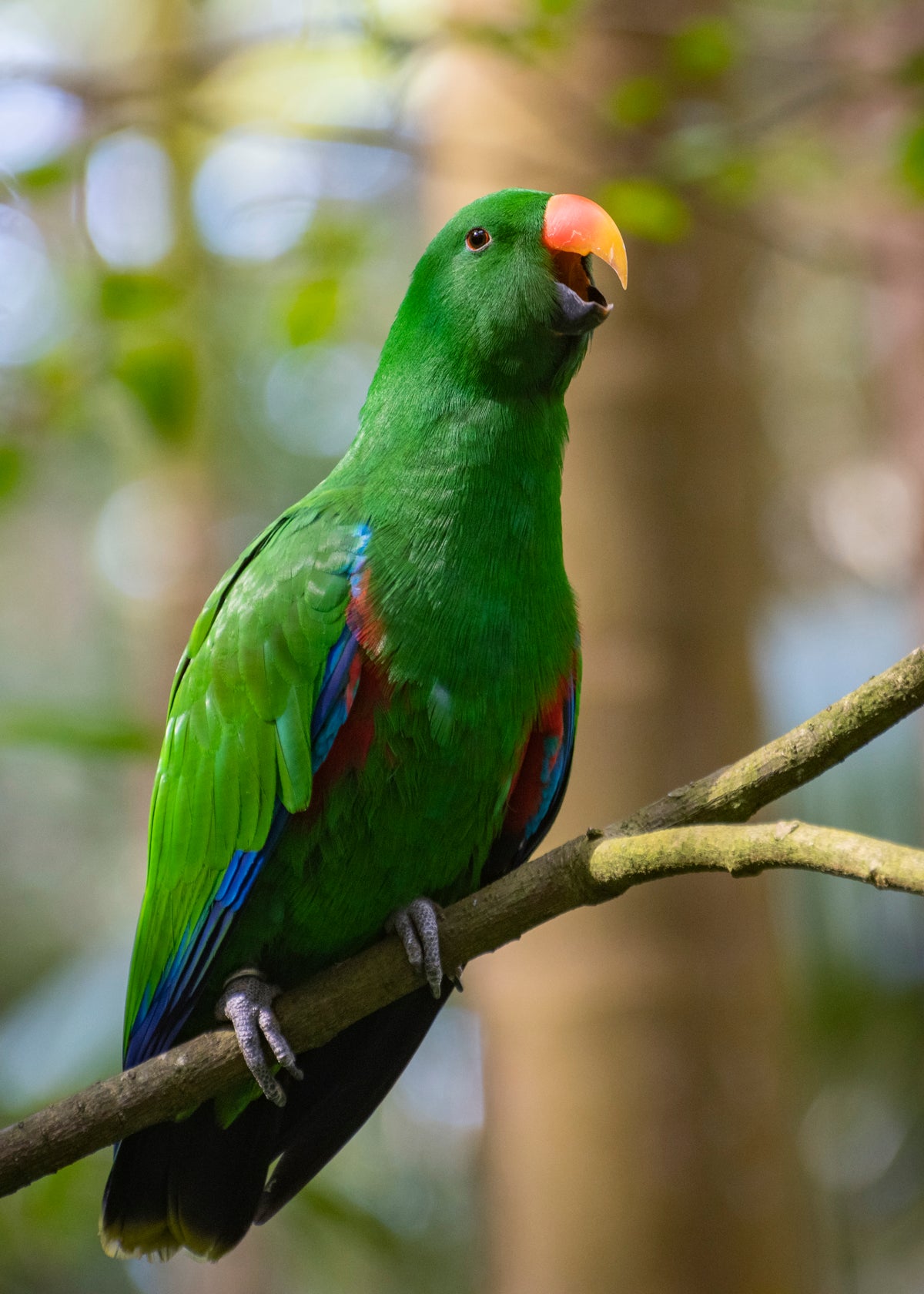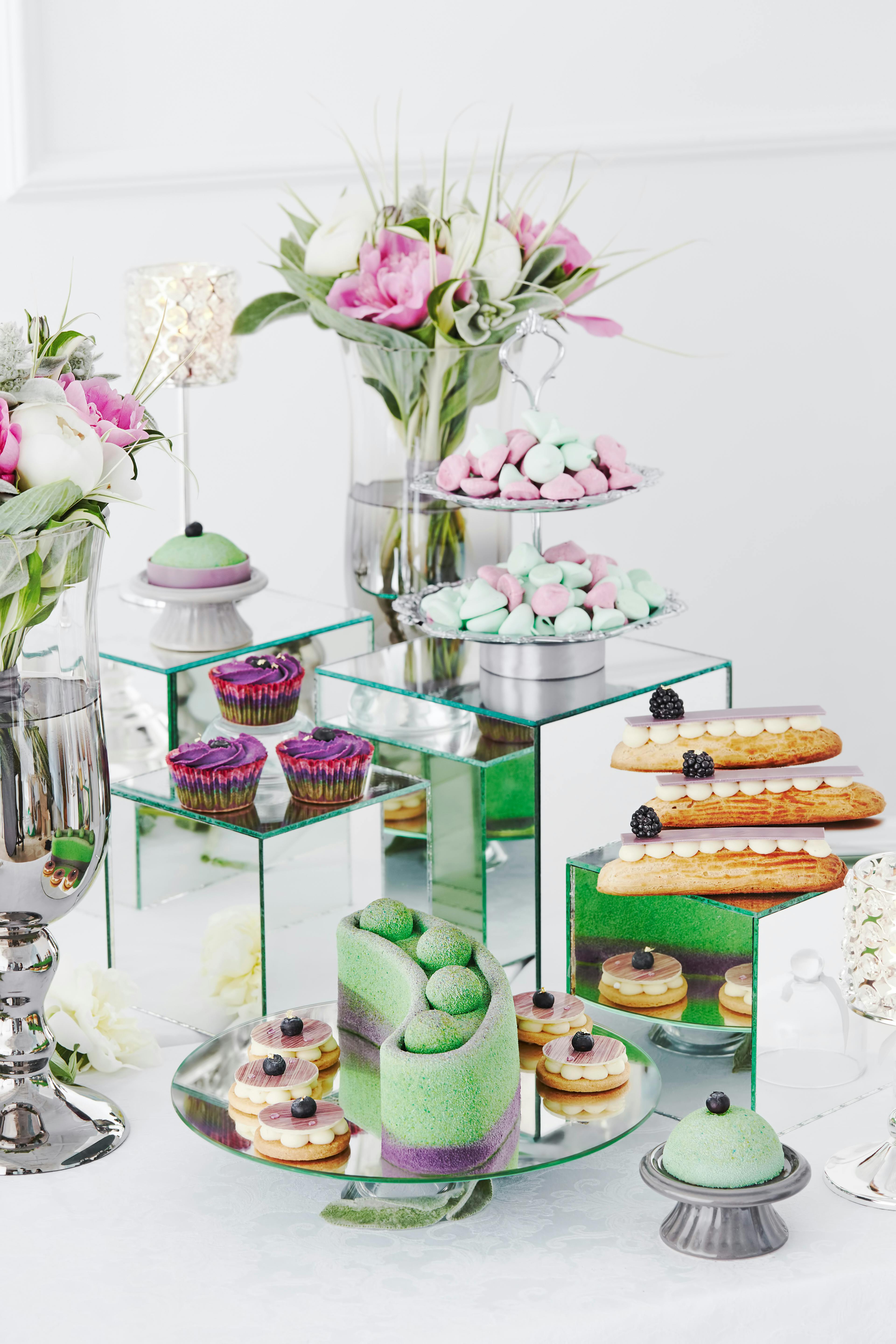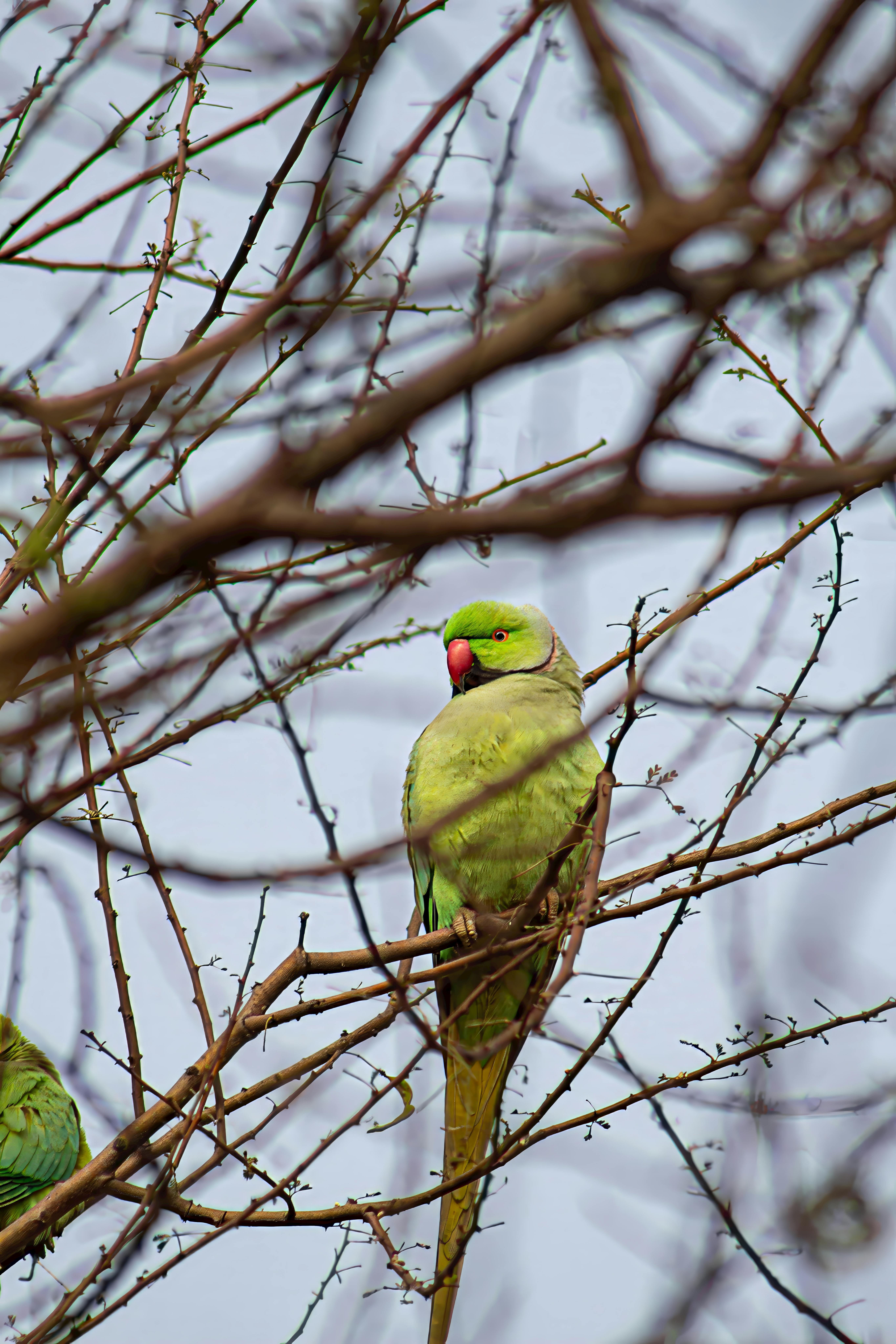Essential Guide to Roger Rabbit Dance Techniques in 2025
The world of animated characters has always been rich with unique and expressive dance moves, and few have captured our hearts like Roger Rabbit. As we dive into the dance styles showcased in his films, we discover a blend of whimsy, humor, and nostalgia that continues to influence animation in 2025. This guide explores Roger Rabbit's dance techniques, focusing on his energetic routines that embody the lively essence of 1980s cartoons. Along the way, we’ll analyze how these iconic dance moves contribute to the storytelling aspects of animation and explore the cultural significance of cartoon dances.
Through this article, readers will learn not only about the specific Roger Rabbit dance moves but also how these animated dance styles reflect the evolving landscape of animation. We will highlight memorable moments from Roger Rabbit’s film series and discuss the impact of his choreography on audiences and subsequent animated works. Get ready to embrace the charm and artistry that dancing rabbits bring to life!
Key Takeaways: Expect to uncover the roots of Roger Rabbit’s dance styles, examples of humorous and energetic routines, and the broader cultural implications of dance in animation.
Unveiling the Roger Rabbit Dance Moves
Building on the fundamentals of animated choreography, the Roger Rabbit dance moves epitomize the character’s playful personality. These dance techniques are not just random movements; they express Roger’s winning charm and contribute to the narrative of his adventures. The most recognizable moves often combine elements of jazz dancing, characterized by fast footwork and exaggerated expressions, which add to the comedic effect.
One notable move is the “Roger Shuffle,” a quick series of side steps paired with dramatic arm gestures. As Roger syncs his movements to lively music, the dance captures the spirit of animated dance parties found throughout the 1980s, showcasing the vibrant character movements that resonate with audiences even today. This energizing shuffle not only entertains but also highlights the synergy between music and dance in animated storytelling.
Another iconic dance move is the “Cartoon Spin,” where Roger performs a rapid twirl while maintaining a playful demeanor, creating a visual spectacle that emphasizes the humor in animation. This move illustrates how animated characters can defy physical limitations, allowing for whimsical and inventive dance routines that dance enthusiasts cherish.
Expressions Through Dance
Dance in animation serves as a powerful tool for character expression, particularly with Roger Rabbit. His dances often convey emotions - from joy to mischief - through exaggerated movements and facial expressions. These expressive dance techniques are crucial for storytelling, enabling audiences to connect with the characters on a deeper level.
For example, Roger’s joyous hop during a comedic chase scene encapsulates his adventurous spirit while also enhancing the narrative’s tension. The rhythm and tempo of the accompanying music amplify these emotions, creating an engaging synergy between sound and movement. These dynamic character performances exemplify how visual storytelling through dance can captivate viewers and evoke laughter and excitement.
The Impact of 1980s Cartoon Dance
Roger Rabbit's dance moves are a reflection of the broader dance trends present in 1980s cartoons. This era marked a surge in creativity, combining various dance forms, from jazz to funk, that resonated with pop culture. The appeal of family-friendly dances during this time encouraged animation studios to explore unique choreography in their films.
Not only did these moves become iconic, but they also influenced a generation of animators and audiences alike in their understanding of animated character dances. The blend of animation and musicality established a new standard for how dance could enhance narrative cohesion in animated films. This cultural impact persists, with modern cartoon dance reflecting the legacy of classic character moves while infusing innovative choreography.
Choreography and Its Role in Animation
With these fundamentals established, we can explore the role of choreography in animation and why it matters. Choreography contributes not just to entertainment value, but to the emotional depth and richness of animated storytelling. In the case of Roger Rabbit, his dance routines elevate the narrative, allowing for comedic moments that resonate with audiences across generations.

The Art of Animated Choreography
Animated choreography involves the careful crafting of dance sequences that align with character personalities and plot elements. For instance, Roger's choreography is designed to match his quirky, unpredictable nature. This relationship between movement and character identity creates a memorable audience experience, highlighting the significance of character-driven dance performances.
Furthermore, choreographers in animated films often experiment with traditional dance styles, integrating them into the unique demands of animation. This innovation encourages creators to find new ways to express character emotions, resulting in entertaining dance acts that appeal to viewers, such as animated dance battles that showcase creativity and athleticism.
Character Dynamics Within Dance
The dynamics of character interactions during dance scenes are crucial for enhancing storytelling in animation. Roger Rabbit often finds himself in amusing situations where his dance moves invite other characters to join, creating a sense of camaraderie and fun. These interactions foster viewer engagement, as audiences are drawn to the spirited exchanges that reflect the character's characteristics and relationships.
This dance dynamic also showcases humor in animation, often relying on slapstick elements that resonate with both children and adults. The characterization through dance allows for deeper exploration of themes such as friendship and rivalry, making animated dance sequences a vital aspect of storytelling that adds layers to characterizations.
Creating Humor Through Dance
Connected to the notion of character interactions is how dance can effectively communicate humor in animation. Roger Rabbit is a prime example of an animated character who leverages dance to elicit laughter. By utilizing exaggerated movements and humorous expressions, he embodies the charm that mesmerizes audiences.
The Role of Humor in Animated Dance
In animated films, dance sequences often serve as comic relief, breaking tension and enhancing the overall entertainment value. Roger's playful and clumsy dance moves create a humorous juxtaposition to serious moments, effectively drawing laughs from viewers. This approach underscores the theme of traditional cartoon characters needing to navigate complex situations while maintaining their playful essence.
These humorous dance routines also highlight the inherent absurdity in cartoon worlds, which often bend the laws of physics. For example, characters like Roger may defy gravity during comedic leaps, amplifying the laughter and reinforcing the imaginative realm of animation.
Integrating Humor with Dance Innovation
Innovation plays a crucial role in developing amusing cartoon dances. As animation evolves, so do the techniques behind creating dance movements. Analyzing Roger Rabbit's dance provides a lens into understanding how humor can be interwoven with inventive choreography, leading to memorable animated performances that resonate with audiences.
Creators are increasingly exploring new animated dance sequences that push the boundaries of expectation. By examining Roger's humor-infused dances, animators can glean insights into making characters relatable and entertaining, ensuring that they stand the test of time in pop culture.
Conclusion
The legacy of Roger Rabbit and his dance techniques continues to be a significant influence in the realm of animation. His unique dance styles demonstrate how movement can enhance storytelling and contribute to the emotional resonance of a character. By exploring the evolution of animated choreography and the interplay of humor and character dynamics, it becomes clear that Roger Rabbit’s charm remains timeless.
Whether you're a dance enthusiast or an admirer of animated classics, understanding the intricacies of Roger Rabbit’s dance moves enriches the experience of family entertainment. As we look toward the future, the choreography in animated films will undoubtedly continue to delight us in inventive ways.
 ```
``` 